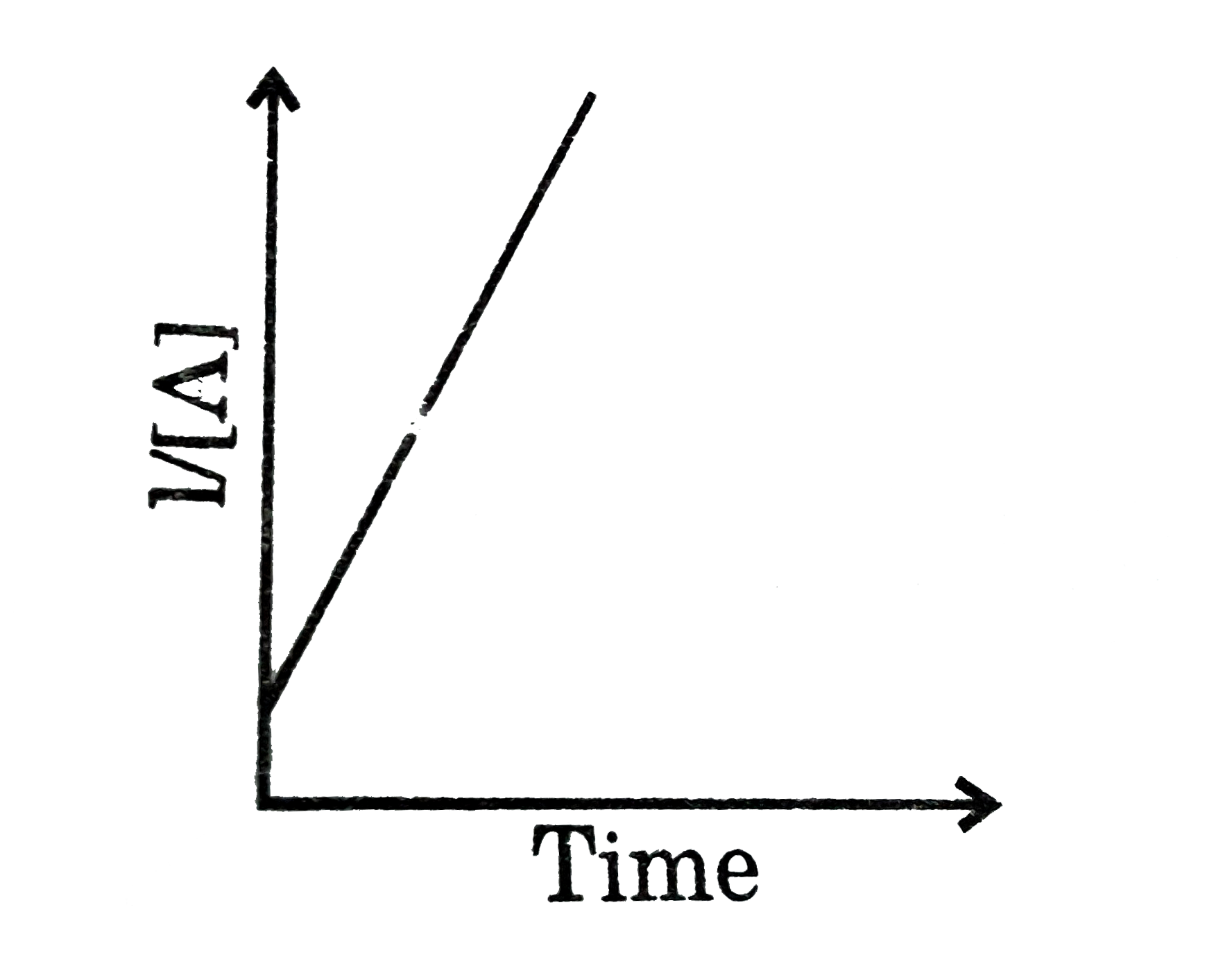An irreversible reaction A+B→P is studied under conditions where initial concentrations of A and B are equal.Under these circumstances a graph of In A as a function of time is linear.What is the order of the reaction with respect to A with given data?
Step by step video & image solution for An irreversible reaction A+B rarr P is studied under conditions where initial concentrations of A and B are equal.Under these circumstances a graph of In A as a function of time is linear.What is the order of the reaction with respect to A with given data? by Chemistry experts to help you in doubts & scoring excellent marks in Class 11 exams.
Updated on:21/07/2023Similar Questions
Knowledge Check
when the concentration of a particular reactant is tripled, the initial rate of the reaction increases by a factor of nine, what is the order of the reaction with respect to this reactant?
AZeroBOneCTwoDThreeFor the reaction A→B, what is the order with respect to A that gives this graph ?
 AZeroBFirstCSecondDThird
AZeroBFirstCSecondDThirdFor the reaction a+b⇒c+d, initially concentrations of a and b are equal and at equilibrium the concentration of a . What will be the equilibrium constant for the reaction ?
A2B9C4D3
For the reaction A+2B→ product, the reaction rate was halved as the concentration of A was doubled. What is the order of reaction with respect to A?
View SolutionCalculate the order of reaction A+B→P, with respect to A from the following data :

View SolutionThe rate of reaction between A and B increases by a factor of 100, when the concentration with respect to A is increased 10 folds, the order of reaction w.r.t. A is
View SolutionFor the reaction a+b⇔c+d, initially concentrations of a and b are equal and at equilibrium the concentration of will be twice of that of a. What will be equilibrium constant for the reaction ?
View SolutionFor the reaction A+B→C, it is found that doubling the concentration of A increases the rate by 4 times, and doubling the concentration of B doubles the reaction rate. What is the overall order of the reaction ?
View Solution

